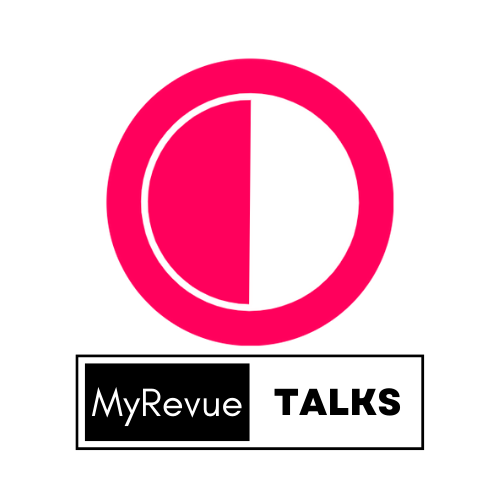User-Generated Content and its Influence on Customer Journey Mapping for Brands
(UGC) plays a significant role in shaping the customer journey and can greatly influence customer journey mapping for brands.

Written by Shivangi
Updated on 10/07/2023
<p class="MsoNormal">User-generated content (UGC) plays a significant role in
shaping the customer journey and can greatly influence customer journey mapping
for brands. Customer journey mapping involves visualizing and understanding the
various touchpoints and interactions a customer has with a brand throughout
their entire buying journey. UGC provides valuable insights and impacts
customer journey mapping in the following ways:<o:p></o:p></p><p class="MsoNormal"><br></p>
<p class="MsoNormal">Awareness stage: During the initial stage of the customer
journey, UGC can create brand awareness and capture the attention of potential
customers. UGC in the form of social media posts, online reviews, and
recommendations from peers can introduce a brand to new audiences. By
incorporating UGC into the awareness stage of customer journey mapping, brands
can identify the touchpoints where UGC has the most impact and optimize their
marketing efforts accordingly.<o:p></o:p></p><p class="MsoNormal"><br></p>
<p class="MsoNormal">Consideration stage: In the consideration stage, customers
evaluate different options and compare products or services. UGC, such as
reviews, testimonials, and product demonstrations created by actual users, can
significantly influence a customer's decision-making process. By analyzing UGC
during the consideration stage, brands can gain insights into the key factors
that influence customers and tailor their messaging and offerings accordingly.<o:p></o:p></p><p class="MsoNormal"><br></p>
<p class="MsoNormal">Purchase stage: UGC can have a direct impact on the purchase
decision. Customers often seek validation and social proof before making a
purchase. UGC in the form of customer reviews, ratings, and user-generated
images or videos can provide the reassurance customers need to complete a
purchase. By analyzing UGC at the purchase stage, brands can identify the
specific content that encourages conversion and optimize their conversion
funnels accordingly.<o:p></o:p></p><p class="MsoNormal"><br></p>
<p class="MsoNormal">Post-purchase stage: UGC continues to influence the customer
journey even after the purchase is made. Customers may share their experiences,
provide feedback, or create content related to their purchase. This UGC can be
in the form of social media posts, reviews, or unboxing videos. By monitoring
and leveraging post-purchase UGC, brands can understand customer satisfaction
levels, address any issues, and foster brand advocacy. This feedback loop helps
refine the customer journey and improve overall customer experience.<o:p></o:p></p><p class="MsoNormal"><br></p>
<p class="MsoNormal">Loyalty and advocacy stage: UGC plays a crucial role in
building brand loyalty and advocacy. Customers who have positive experiences
with a brand are more likely to become brand advocates and share their
experiences with others. UGC created by loyal customers, such as testimonials,
user stories, or user-generated social media content, can inspire trust and
influence others in their decision-making process. By incorporating UGC from
loyal customers into customer journey mapping, brands can identify
opportunities to nurture customer relationships and turn satisfied customers
into brand ambassadors.<o:p></o:p></p><p class="MsoNormal"><br></p>
<p class="MsoNormal">To effectively leverage UGC for customer journey mapping,
brands should actively monitor and analyze UGC across various channels, such as
social media platforms, review sites, and online communities. They can use
sentiment analysis and qualitative feedback analysis to gain insights into
customer sentiments, preferences, pain points, and opportunities for
improvement. These insights can then be applied to refine the customer journey
map, optimize touchpoints, and create more personalized and engaging
experiences for customers.<o:p></o:p></p><p class="MsoNormal"><br></p>
<p class="MsoNormal">Overall, user-generated content plays a crucial role in
shaping the customer journey and provides valuable insights for brands to
understand customer preferences, influence purchase decisions, foster brand
loyalty, and drive advocacy. By incorporating UGC into customer journey
mapping, brands can create a more customer-centric approach and deliver
experiences that align with their customers' needs and expectations.<o:p></o:p></p>
<p class="MsoNormal"><o:p> </o:p></p>
